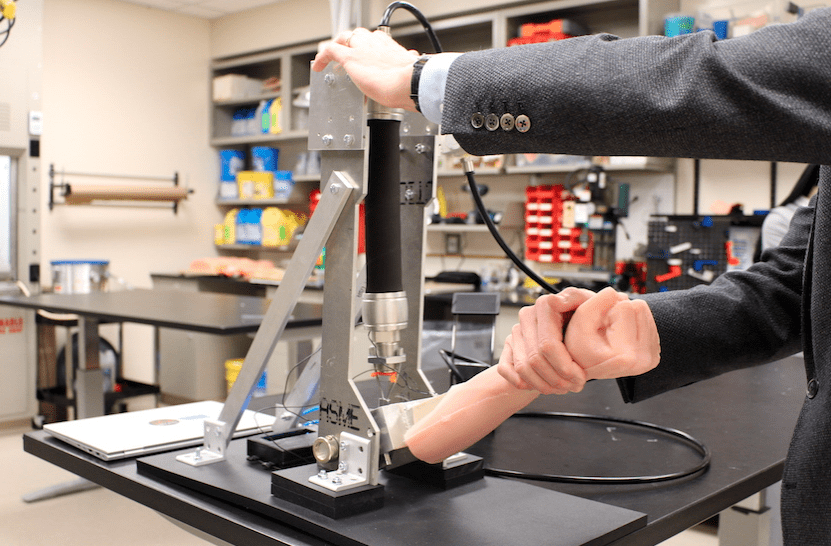It’s projected that more than 12 million Americans—nearly one in 25—will suffer from a neurodegenerative disorder such as multiple sclerosis (MS), Lou Gehrig’s disease (ALS), Parkinson’s or dementia within the next 30 years. These diseases have lasting effects, not only for patients who live with the condition, gradually losing their physical or mental capabilities, but also the caregivers and family members who suffer emotionally and financially.
“Some studies argue that neurological conditions cause the greatest effect on lost ‘quality-of-life years’ compared to non-neurological conditions,” says Dr. Chris Zallek, neuromuscular disorders specialist with OSF HealthCare Illinois Neurological Institute (INI). “One reason neurological conditions seem so common and are increasingly present in the population is because our population is aging.” It’s a national epidemic with a significant local connection.
In collaboration with the University of Illinois College of Medicine Peoria (UICOMP), health professionals at OSF IN are making major strides in research to help detect and diagnose patients earlier, thus helping them manage the effects of their disease for a better quality of life. But research requires investment.
Two retired Caterpillar executives—both diagnosed with neurological disorders—have been on the frontlines of advocacy, raising money and awareness for their related causes. First diagnosed with MS more than 40 years ago, Larry Wallden reorganized the local MS Council to ensure that local funding stayed in central Illinois, while Ed Rapp, diagnosed with ALS in 2015, founded the Stay Strong vs. ALS charitable fund to find a cure and bring assistive technologies to others suffering from the disease. Their work—and that of many others—has been instrumental in putting Peoria on the map for neuroscience innovations and the treatment of neurodegenerative disorders. Read the rest here.
